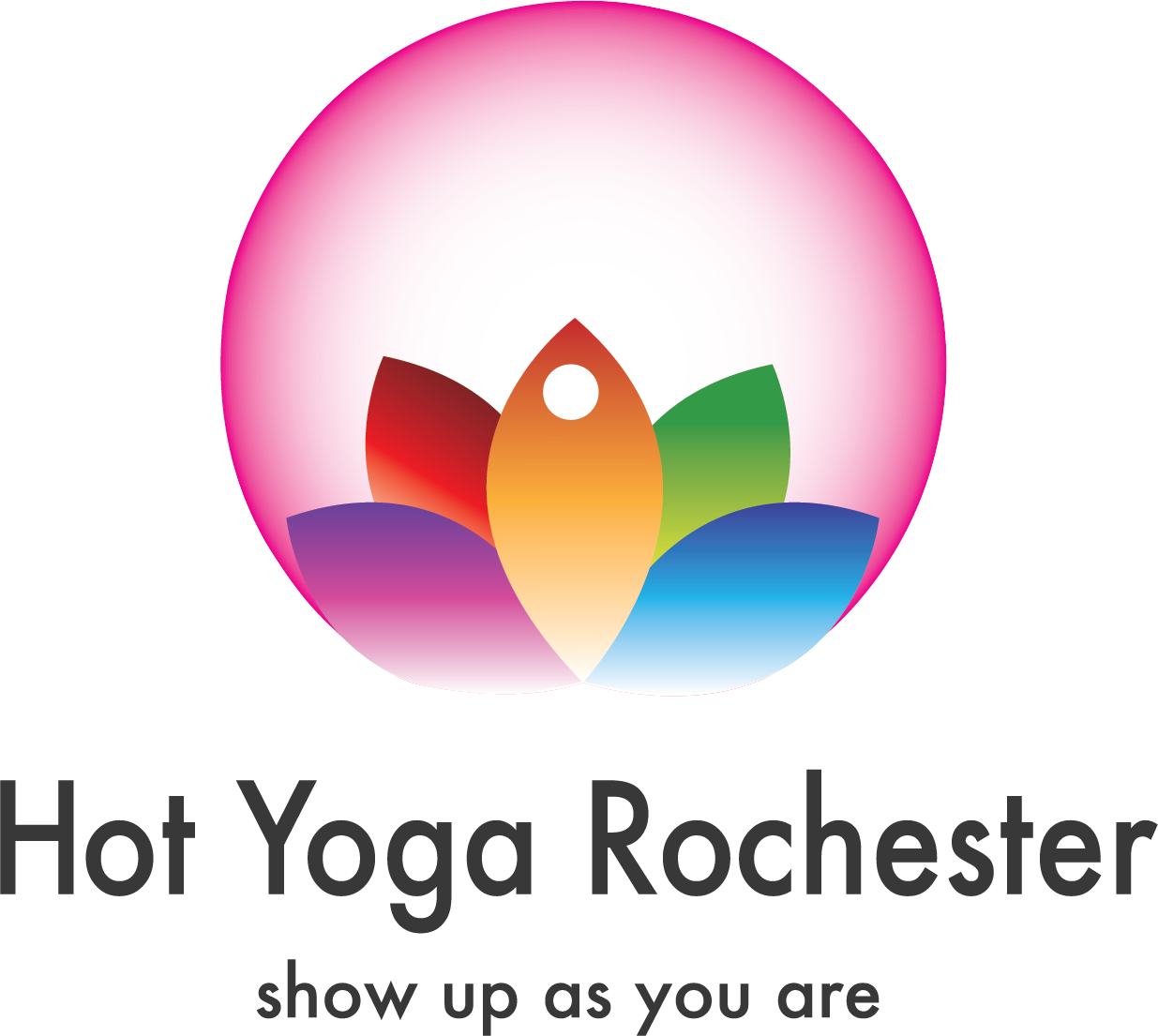Some doors only open from the inside
We know that physiologically, something important is happening during breathing exercises. The autonomic nervous system is deeply involved, which is the division of our nervous system that deals with everyday functions like breathing, heart rate, and workings of the gastrointestinal tract. The two main - and opposing - branches of this system are the sympathetic nervous system and the parasympathetic pathways. the former gets turned on when one is scared, or under threat, and the hormone epinephrine ( adrenaline ) pours out from the adrenal gland, causing the heart rate to increase, the eyes to dilate,. and sweat to rush out. This is the so - called fight - or - flight mechanism.
The parasympathetic system produces the opposite effect on the very same organs with the hormone acetylcholine - it calms heart rate and breathing rate, opens up blood vessels to the stomach, and provides a sense of well-being, appropriately termed rest and digest. Deep breathing is a potent inducer of the parasympathetic system. The release of acetylcholine not only calms our organs. it also stimulates the release of serotonin, dopamine, prolactin, the feel-good hormones targeted by medicines like Prozac and Zoloft. But yoga and breathing exercises produce this effect naturally and with out side effects.
A study published in 2009 journal Thoraz, showed breathing exercises lowered anxiety and depression scores of people with asthma. While may asthmatics do need strong anti-inflammatory medicines to control their symptoms. it’s clear that breathing exercises can play an important roll in treatment.
The scientific improvements in those who took either a yoga or mindfulness course improved, but not in the control group. A 2014 study split sixty-four women with post-traumatic stress disorder into groups and significantly improving symptoms compared to supportive health education. A 2012 analysis involving 1007 subjects demonstrated that yoga improved pain symptoms significantly in patients with chronic disability.
Breathing and stress- reduction exercised seem to help people suffering from mood and breathing disorders. But studies have also investigated how stress-reduction exercises affect the different inflammatory genes and proteins expressed in our bodies. A milestone study published in 2013 followed twenty-six subjects who had no prior experience with relaxation exercises as they underwent eight weeks of training. Blood samples were collected before and after their exercises and analyzed for the expression of different genes by measuring levels of ribonucleic acid, or RNA. the first structure made from DNA on the way to protein synthesis. Compared to blood drawn prior to relaxation techniques, in blood drawn afterward there was a significant decline in RNA production associated with the inflammatory responses, stress- related pathways. and even cell-death pathways ( indicating these cells could potentially live longer ). Genes that showed increased activity were those associated with improved energy metabolism, insulin secretion. and proteins that regulate genetic health and longevity.
A subsequent review paper pulled together thirty-four similar studies, recording inflammatory markers not only in healthy controls, but also in subjects with leukemia, breast cancer, and dementia. Positive results in patients who practiced various breathing and meditative exercises were demonstrated across the board.
Take a moment to fall awake/ Befriend yourself and your emotions/ These and other mindfulness ideas can transform lives and become approach to solving the daunting problems we face with increasing incidence of metal health disorders. deadly drug abuse, and depression. Changes in society are going to come at an increasingly rapid rate. and we need new tools and approaches to combat the stresses of the new reality. As Thich Nhat Hanh has said, “Feelings come and go like clouds in a windy sky. Conscious breathing is my anchor.'“ And more importantly, Buddhist Annabel Laity has counseled us : “ Breathe! You are Alive!”
Some doors only open from the inside.
Dr Michael J Stephan

